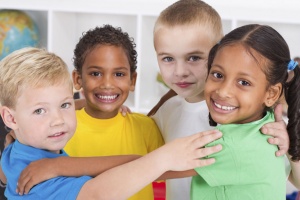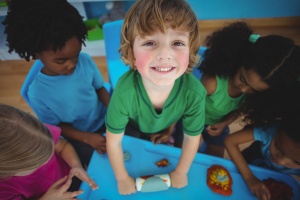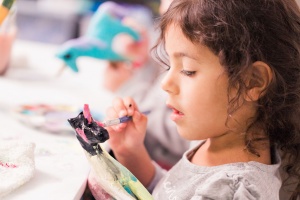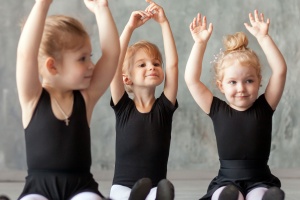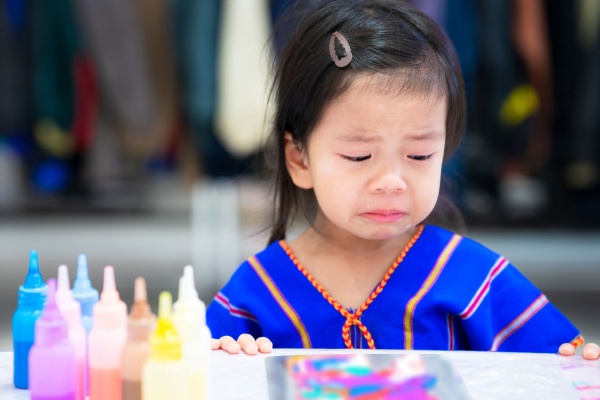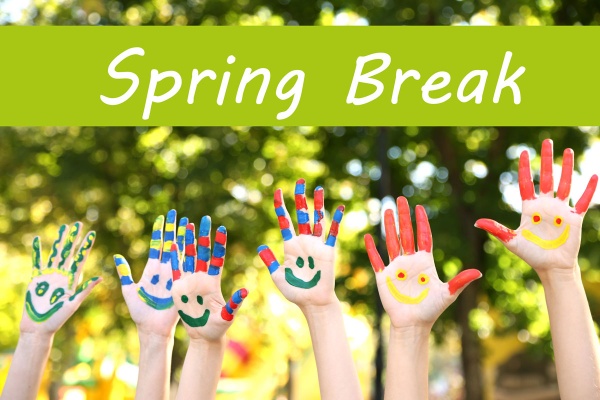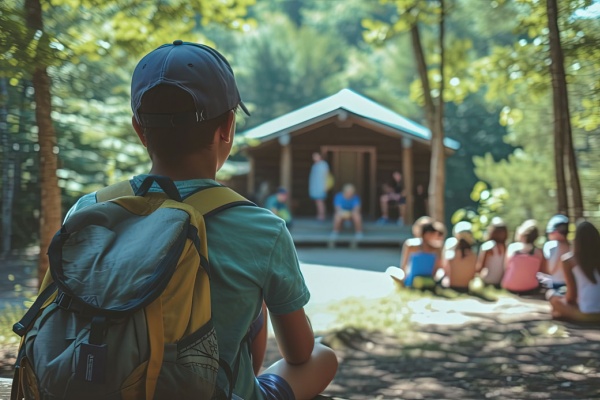
Flowers for My Nature-Loving Valentine
At the grocery store on Friday, my son was tooling around recklessly with his little mini-cart like he usually does … until he came to the floral Valentine’s Day display. 
We wound up leaving the store with a flowering plant (not roses, luckily!) that he carried out like it was a precious jewel. We propped it securely in the car for the drive home and he insisted we turn off the music so his plant could have peace and quiet. And he unloaded it from the car directly into a sunny window, with no prompting from me. He’s also been watering it and wondering when the large bud will join the two flowers that are already blooming.
Clearly this is a boy who’s suffering from a nature deficit!
And go figure – he’s been inside almost continually the past few weeks, what with the snow and ice and cold and illnesses – so it’s not surprising that he feels something is missing. Completely by coincidence, last week I was re-reading portions of Last Child in the Woods: Saving Our Children from Nature-Deficit Disorder by Richard Louv. It was for a project about the importance of outdoor play for infants and toddlers, and in theory I’m fully in agreement with everything I was writing.
In practice, though, I was falling down on the job.
Louv’s book highlights evidence that spending less time in nature gives rise to problems like childhood obesity, stress, depression and attention deficit hyperactivity disorder. It’s a compelling book that won many prizes, including the 2008 Audubon medal, because not only does it point out problems, it offers solutions that we can all find time for. The simplest ones – go out into the back yard, visit a local park, take a hike, enroll your kid in a summer camp where they actually go outside – are totally do-able. There are more suggestions online, at Louv's Children and Nature Network.
But wait, you might be saying – we just had an ice storm and temperatures in the single digits. Who wants to be outside in that? Well, no one, you’re right. That’s when it’s nice having plants indoors, as my 4-year-old instinctively knew.
But now that the weather’s nicer, there are no more excuses! Unless you don’t know where to start ...
Here are some suggestions:
1. Last week, the government initiative Let’s Move! celebrated its one-year anniversary. (It’s better known, perhaps, as the Michelle Obama program.) Part of its online presence is a site called Let’s Move Outside that has links to local parks, playgrounds and outdoor events.
2. The Missouri Department of Conservation homepage also lists destinations and events across the state, including educational events. (We also include MDC events in our Things to Do section,)
3. It’s the season for seed catalog orders! The boys and I have already chosen the vegetable varieties we’re going to grown next summer in our yard. If you don’t have space in your yard, contact Gateway Greening at 314-588-9600 to find out about your nearest community garden.
By Amy De La Hunt, Health Blogger for SmartParenting

Amy De La Hunt is a journalist and editor who lives in the St. Louis metro area and works across the country as a writer, copy editor, project manager and editorial consultant on everything from fiction books to monthly magazines to blog posts. When she's not chauffeuring her teenage sons to activities, Amy is an enthusiastic amateur cook, landscaper, Latin dancer and traveler. Follow Amy on Instagram @amy_in_words

